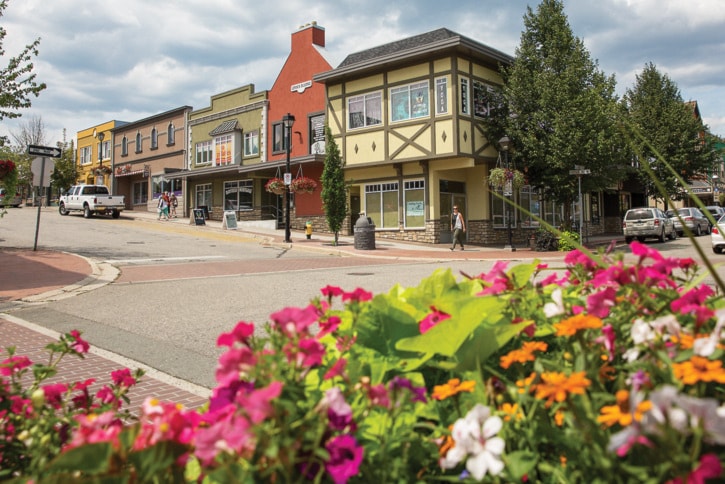Salmon Arm is slipping – but if recent history is a guide, it will rise again.
The annual Money Sense magazine feature, Canada’s Best Places to Live, saw Salmon Arm plummet from a rating of 64th in 2014 to 145th this year.
That’s out of a total of 209 Canadian cities measured.
More than 30 categories were judged, including: low unemployment; high incomes; affordable housing; healthy population growth; access to health care; low taxes; low crime; easy to walk, bike, take transit; good weather; and strong arts and sports community.
Mark Brown, the magazine’s Reports and Rankings editor, said cities in the middle range – from about 75 to 125 – can change dramatically in rankings with a change in just one category, because cities in the middle are so tightly packed.
However, he notes, 64 was “a really good number” so the drop could be due to more than one factor.
“It can seem a little alarming but it’s not to say it couldn’t bounce back next year.”
Mayor Nancy Cooper agrees.
She notes the numbers have fluctuated in the past four years from 61 to 122 to 64 and now 145.
“They’re always interesting to read,” Cooper said, adding she’s not about to make sweeping changes based on the report. “Every year it fluctuates…”
Looking further into Salmon Arm’s new ranking, Brown said one of the biggest categories considered, although not the one most heavily weighted, is population growth.
“If a population’s growing too fast, which is what we’re seeing in a lot of cities in Alberta, it starts to put a strain on things like infrastructure… If it’s too fast, that’s a concern. If it’s too slow, that’s also a concern,” he said, noting it could mean people see a city as undesirable.
In Salmon Arm’s case, the population increase for the past five years is listed as 1.1 per cent, while he said an annual rate of 7.5 per cent was considered ideal.
Brown estimates the national average was about 4.5 per cent.
He said the numbers are provided mainly by Environics Analytics, which takes Statistics Canada data and adjusts the numbers to provide estimates and forecasts.
The ratio between average income and average home price is one that holds Salmon Arm back, he said, although no more than last year. It measures the average time to pay off a home: “If you can devote every single dollar of income into your home, how long will it take to pay if off?”
Property values are healthy, with a $380,000 average, Brown said, roughly where they were last year. And average household net worth is still in the top quarter of all the cities in the report.
He said the city slipped a little relatively in terms of home ownership but still has “a very solid number” with just over 75 per cent of the population owning homes.
Brown said a lot of cities lost marks in the property tax category, as did Salmon Arm. Environics made adjustments which they think are more accurate.
He said Salmon Arm did relatively well last year but this year it’s in the bottom 25th percentile. He said average property tax paid is also compared to incomes, so the ranking includes a couple of factors.
Property taxes locally this year are higher than in a number of cities, he said, noting last year they were just over two per cent and are now 3.04 per cent.
Mayor Cooper referred again to fluctuations in the reports, adding she’d need to look at the report figures and see what other communities are like.
“It’s kind of hard to keep up with them when they decide to change the way they’re going to calculate something like that… Salmon Arm council has worked hard to keep taxes low for years; increases aren’t even cost of living…”
Brown said the city scores well regarding access to health care but is on the lower side in terms of public transit.
“These are some of the key things we see – there are a number of other factors. We tracked 209 cities this year and I think 34 different categories.”
Regarding the report’s reliability, Brown said it’s a data-driven exercise, but the magazine does reach out to some of the top communities to check on conclusions.
“Based on interviews, it’s a fairly reliable exercise. We’re pretty happy with the methodology we’ve constructed.”
He points out that as a business magazine, the Money Sense report talks about livability largely from an economic point of view.
“A lot of people would love to live in Vancouver but they simply can’t afford it.”
Port Alberni was ranked last of 201 cities last year, but a group of citizens “took it seriously, looking at ways to spur growth…,” Brown said. “People are doing things and responding to it. It’s sort of a bench mark that cities can take and try to improve.”
